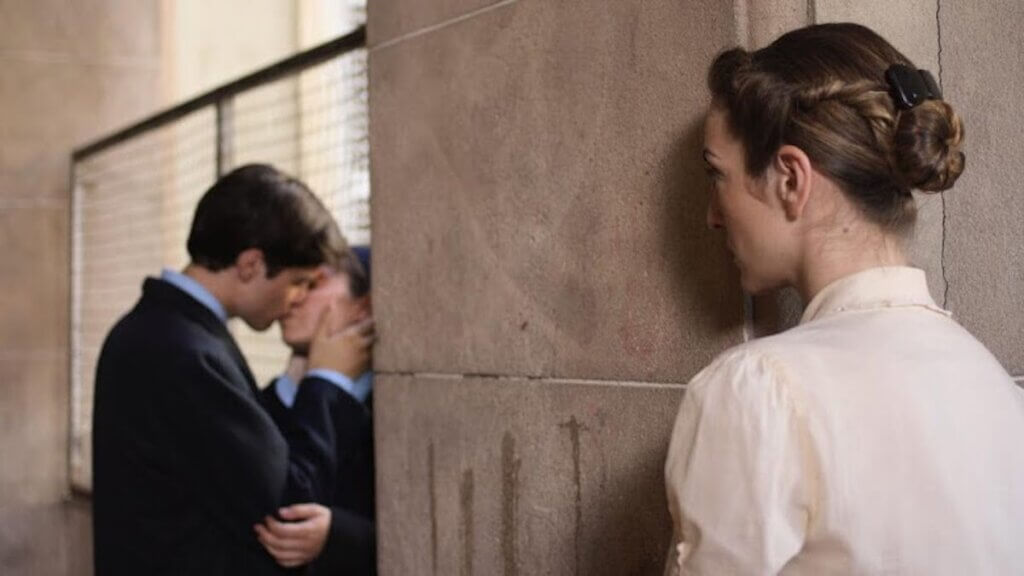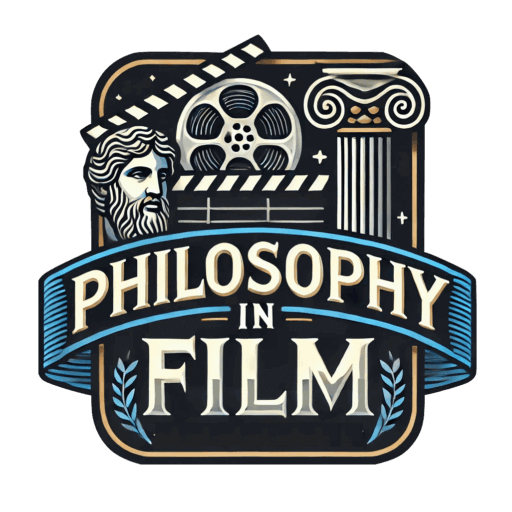Review: The Invisible Eye (2010), a Study of Repression
Authoritarian governments have always come about from fear and intimidation. Fear has even led people to commit countless atrocities. However, one result of this fear that often goes overlooked is repression at the personal level. When people live in fear, they cannot live life genuinely. Thus, their repression — emotional, sexual, spiritual, or otherwise — manifests itself in a number of ways. Many of these manifestations work to destroy the individual or those around them. In Diego Lerman’s The Invisible Eye (2010), we see the direct consequences of repression through a stern schoolteacher at an Argentine school.
Based on the novel Ciencias Morales (2007) by Martin Kohan, The Invisible Eye (2010), or La Marida Invisible is set against the backdrop of The Falkland Wars and the declining years of Argentina’s military junta. The story focuses on the behind-the-scenes affairs of a secondary school in Buenos Aires. Despite the mass killings, disappearances, and civil unrest, the story pays little attention to the political turmoil of the period. Nonetheless, the events at the school serve as an interesting parallel to the power dynamics between the military-dictatorship and the Argentine people. Moreover, despite some structural flaws, The Invisible Eye tells a fascinating story of a schoolteacher who takes out her sexual repression on everyone around her.
The film has a somber tone that verges on dull, which stands in stark contrast to the chaotic events unfolding outside of the school’s walls. The students carry about their days with joyless submission. Meanwhile, the film’s central figure, María (Julieta Zylberberg), enforces strict guidelines and punishments, despite the student body’s relative passivity. The school’s headmaster, Señor Biasutto (Osmar Núñez), encourages María’s ruthless behavior and even asks her to be “the invisible eye” of the school on his behalf.
Subsequently, María takes her desire to control to the next level. This involves spying on male students in the bathrooms to ensure that no one breaks the rules. As María develops a crush on one of the students, her ability to spy indiscriminately wavers. Meanwhile, her secret activitiese only feed into her unfulfilled sexual fantasies. Señor Biasutto teaches María the best methods to surveil and ultimately control students during a series of closed-door meetings. As Biassuto’s pursuit of control becomes more obsessive and tyrannical, María’s pursuit of sexual fulfillment becomes even more bizarre.
Though María tries to exude strength in front of students, her crippling shyness makes her a target of ridicule. The students, including the object of her affection, loathe her. To make matters worse, Biassutto shows no respect for her. Instead, he simply uses her as a tool to model his school after Argentina’s crumbling dictatorship. At home, María lives with her mother and grandmother, completely separated from the freedoms she so desperately wants. This means that no matter where she turns, María feels unfulfilled and unappreciated.
That said, the school offers María a kind of escape from reality. She can sit in a bathroom stall, listening to teenage boys talk about sex, fantasizing about encounters that will never happen. She even goes so far as to sneak into the locker room to smell a used pair of swim trunks while applying perfume. You can practically feel the sensory overload of a woman completely unaware of her desperation and mental deterioration.
The sexual elements of the story are placed at the forefront, but it’s important to note that they never take away from the political undertones. On the contrary, María is a product of the times in Argentina. The military junta was known to kill or “disappear” artists, leftists, or anyone whose ideology didn’t align with the far-right dictatorship. As a single woman, María had no choice but to repress her sexuality, thereby exacerbating her need to feel in control. Her dictatorial approach to discipline works to appeasee the authority figures — both literal and figurative — in her life.

From a technical standpoint, The Invisible Eye prevails on many fronts. The cinematography perfectly captures the atmosphere of a claustrophobic school in which no actions go unnoticed. María’s harsh voice echoes through the hallways when a student arrives late to class. Alternatively, she struggles to hide her lustful breaths as she hides away in bathroom stalls. The film has an interesting way of blending sight, sound, and even smell to create an unsettling environment for both the characters and the viewer.
The film slowly crescendos as the dictatorship falls apart and María’s more unseemly habits threaten her exposure. You could interpret the ending in many ways, but it seems most obviously a denunciation of authoritarian power. María does everything that is asked of her, but she allows her sexual desires to derail her mission. So, despite her devotion to the cause, she is ultimately swallowed up and used by the system of control that she helped perpetuate.
In many ways, the protagonist bears a striking resemblance to the titular character in Michael Haneke’s The Piano Teacher (2001). I would go as far as to say that director Diego Lerman drew inspiration from Haneke’s work. Like The Piano Teacher, The Invisible Eye (2010) is not always an easy watch, either. María is both pitiful and unlikable, yet she never deserves the fate that befalls her. And though the ending will leave some viewers feeling queasy, it takes a long time to build to the tense finale. In fact, the story progresses at a snail’s pace. Lerman simply does not have the talent to make his The Invisible Eye as entertaining as Haneke’s film. Consequently, The Invisible Eye plods along for nearly an hour before you can start to become invested in the characters.
That said, The Invisible Eye is definitely worth a watch. If you have the patience to get through the slow pacing, you’ll get to experience a brutal and well-crafted time capsule of a country in the midst of chaos and state-sponsored terrorism. The school becomes a microcosm for Argentina’s political upheaval, in which María plays both the perpetrator and the victim. Therefore, The Invisible Eye is a must-see for film buffs and those who wish to learn about Argentine history.
The Invisible Eye (2010) Movie Rating: ★★★★ out of 5
If you’d like to watch The Invisible Eye (2010), the film is currently available to purchase via Amazon. To read more film reviews like this one, be sure to check out the Philosophy in Film Homepage!

